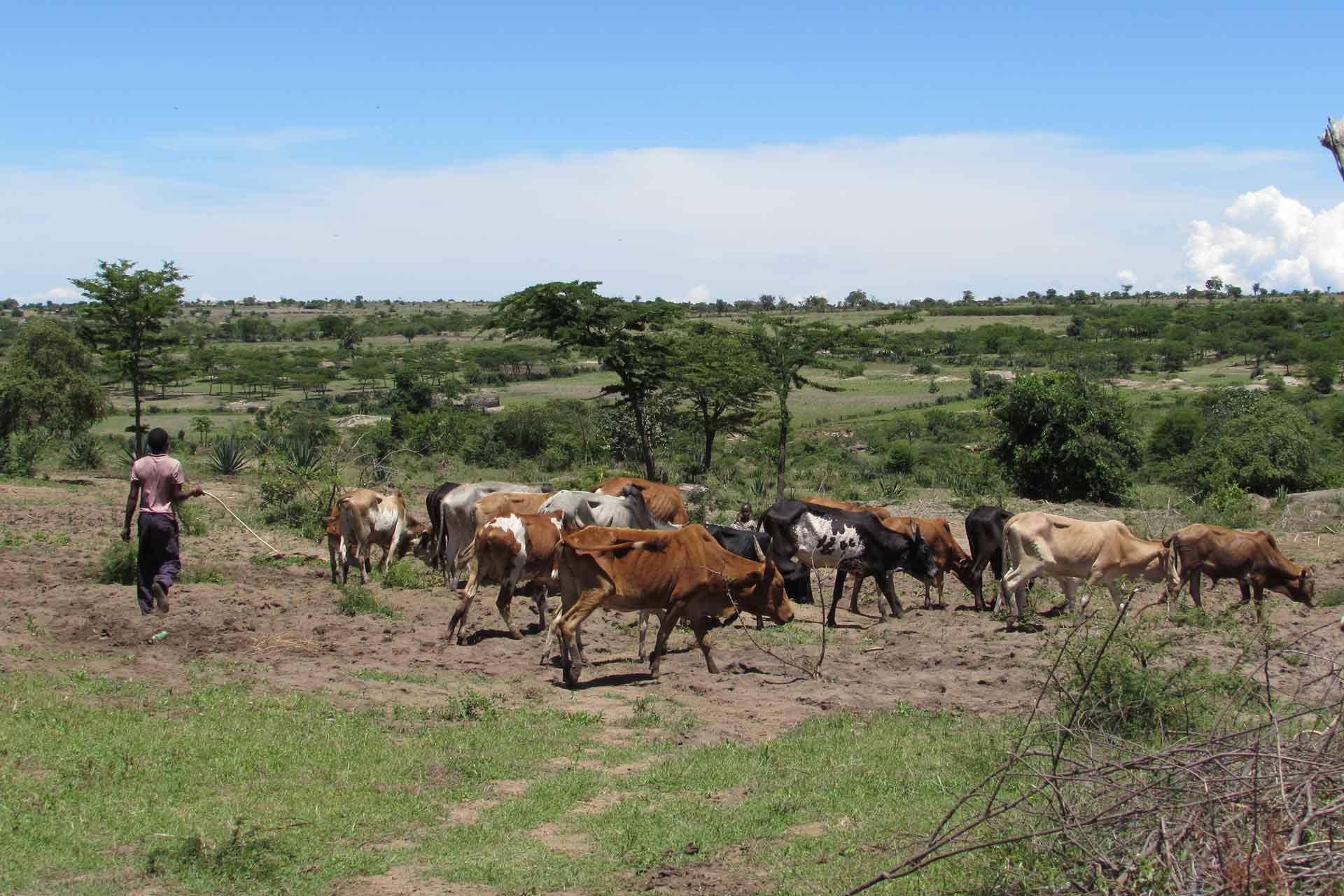Impact of foot-and-mouth disease on fertility performance in a large dairy herd in Kenya
This was a retrospective cohort study using data collected from a large-scale dairy herd in Kenya (n = 328 female animals), to investigate the effects of foot-and-mouth disease (FMD) on herd fertility performance following a confirmed outbreak in a regularly vaccinated herd. Kaplan-Meier graphs were used to depict differences in survival functions between exposure groups and Cox regression models were used to calculate hazard ratios (HR) for associations between being clinical FMD cases and the following fertility outcomes: age at first calving; fertility failure related culling (not in calf); time to first service; time to conception. Potential confounding variables investigated and controlled for were age, breed, parity, stage of lactation/gestation and eligibility for service. A case control study was nested within the cohort to investigate the effects of disease on conception HR following calving by comparing animals susceptible to fertility suppression at the time of the outbreak (cases) to animals that had conceived prior to the outbreak (controls). The median age of first calving in clinically affected young-stock was 2.7 months higher than non-clinical cases (adjusted HR = 0.37, 95%CI 0.21-0.67, P = 0.01). There was no evidence of a difference in fertility related culling and times to first service and conception. Animals susceptible to fertility suppression at the time of the outbreak had a lower hazard of conception compared to animals served prior to the outbreak (HR = 0.56, 95%CI 0.41-0.75, P = 0.01). Within the herd, the odds of being a case decreased with parity and age likely related to the lifetime number of vaccination doses received which may reduce the impact among older animals in the herd. Moreover, one would expect the impact to be higher in a non-vaccinating herd to be higher. Notwithstanding these limitations, the results of this study provide evidence that FMD outbreaks in endemic settings impact herd fertility performance. An increased age at first calving is likely to increase rearing costs and reduce an animal's lifetime productivity while poorer conception rates will likely extend calving intervals. Impaired herd fertility and production will incur higher costs to the farmer and society as animals are less productive which for FMD can extend beyond the outbreak period where economic studies tend to focus. These impacts of FMD on herd fertility should be considered when conducting benefit-cost analyses of FMD control to inform resource allocation.

